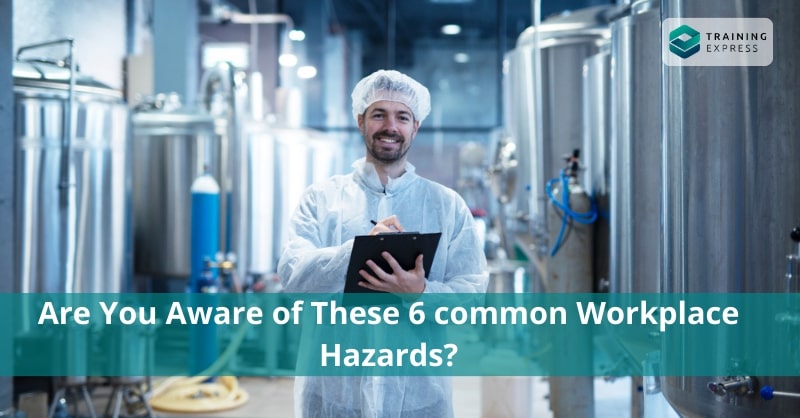Exposure to extreme temperatures, both hot and cold, can result in serious health issues. Health workers, construction workers, emergency response staff, and fishermen need to work outdoors in colder months. Working in icy conditions can result in hypothermia, reduced mental alertness, trench foot and reduced dexterity.
On the other hand, the workplace in the production line, industrial kitchen, welders, and workplaces near furnaces may get exposed to extreme temperatures. Extreme can cause dehydration, exhaustion, and dizziness in the workers, leading to a further fatal occurrence.


